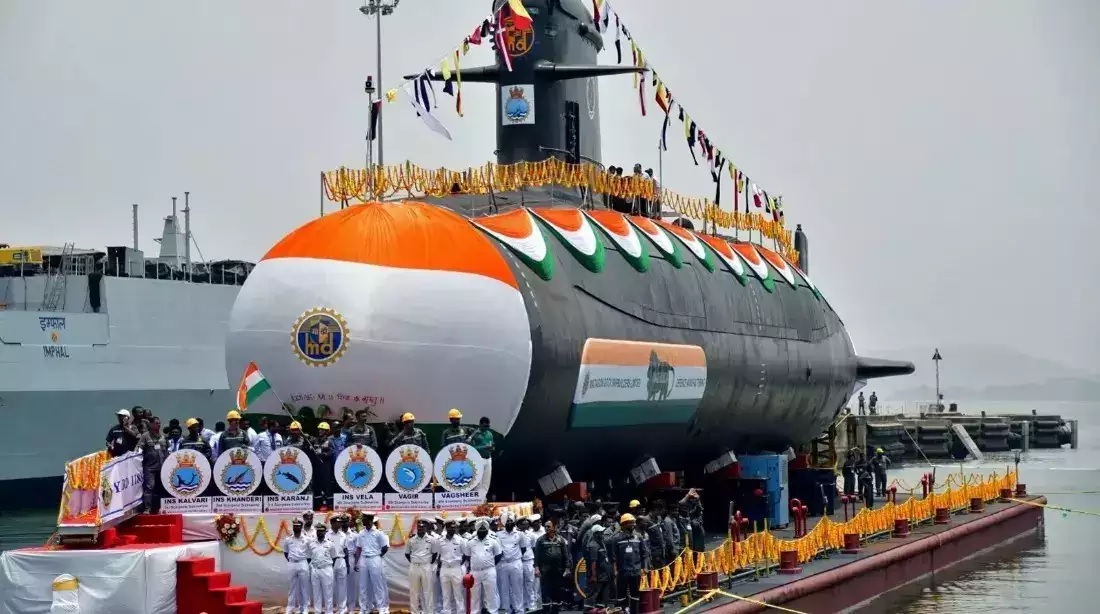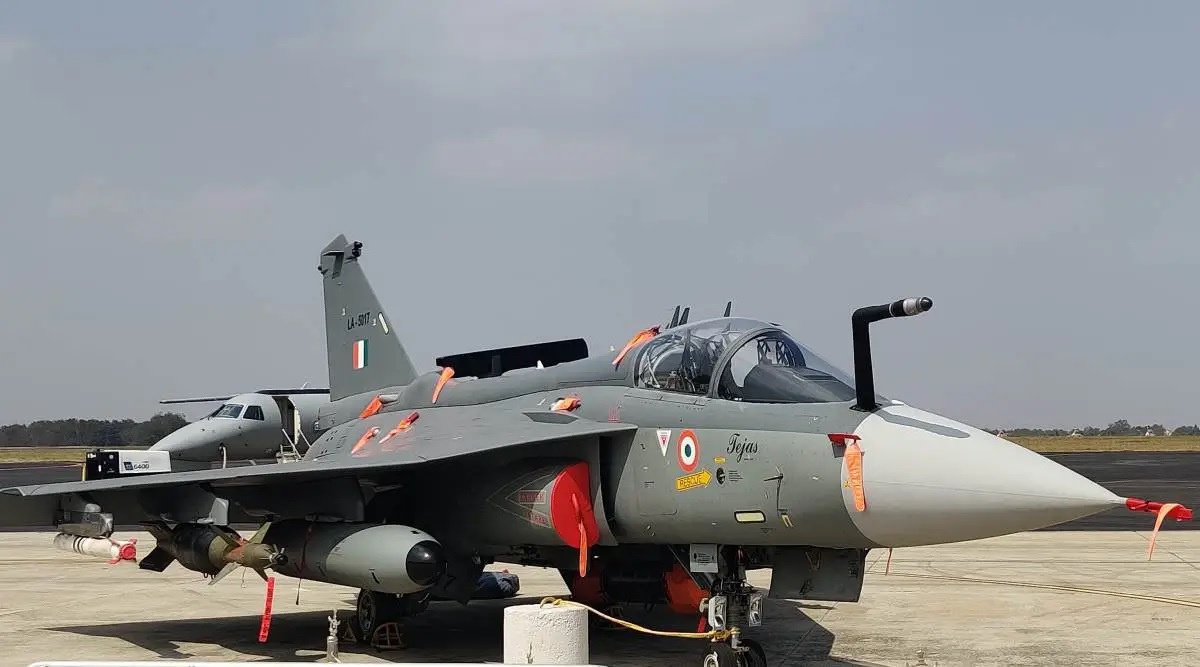India's Indigenous AIP System to Boost Scorpene Submarine Capabilities by 2026

India is set to make a major leap in its naval capabilities with the integration of an indigenously developed Air Independent Propulsion (AIP) system into its Scorpene-class submarines. The news, announced by Dr. Samir V Kamat, Chairperson of the Defence Research and Development Organisation (DRDO), marks a key milestone for the Indian Navy and the country’s defense technology. By 2026, the first of these advanced AIP systems will be fitted on the INS Kalvari, a Scorpene-class submarine, boosting its operational capabilities significantly.
The AIP system is a game-changer for conventional diesel-electric submarines. Typically, these submarines need to surface or snorkel regularly to recharge their batteries, making them vulnerable to detection. However, with an AIP system in place, a submarine can stay submerged for much longer, greatly enhancing its stealth. This capability is especially important in naval operations where the element of surprise and extended endurance are critical.
India's AIP system has been under development at the Naval Materials Research Laboratory (NMRL) in Ambernath. The technology represents years of meticulous research by a small yet dedicated team of scientists. Dr. Kamat emphasized this during his speech at the convocation of the Defence Institute of Advanced Technology (DIAT) in Pune. The successful development of this technology puts India among an elite group of countries that have mastered this advanced capability, joining the likes of the United States and France.
Technologically, India's AIP system is based on a Phosphoric Acid Fuel Cell (PAFC) design, which generates power through an electrochemical reaction between hydrogen and oxygen. This fuel-cell-based system produces no emissions, making it quieter than conventional diesel engines, a key asset in maintaining stealth during underwater operations. Moreover, the PAFC AIP system does not require moving parts like traditional engines, reducing the risk of mechanical failure and improving reliability in long missions.
The AIP system will be integrated into the Indian Navy's Scorpene-class submarines, starting with INS Kalvari, during its next refit cycle in 2026. This retrofit will extend the submarine's underwater endurance by several weeks, compared to the few days that conventional diesel-electric submarines can typically manage. Given the importance of submarines in maritime strategy, especially in the Indian Ocean Region (IOR), this upgrade comes at a crucial time. With growing geopolitical tensions in the region, India’s enhanced naval stealth capabilities will provide it with a strategic edge.
During the convocation at DIAT, where 271 students, including officers from the Indian Armed Forces, graduated, Dr. Kamat highlighted how critical this technology is to India’s goal of self-reliance in defense. He stressed that developing these cutting-edge systems in-house strengthens India’s sovereignty and reduces dependency on foreign technology.
Dr. Kamat’s address also touched on the broader defense challenges India faces in a rapidly evolving world. He underscored the importance of adapting to new technologies, including quantum communications, artificial intelligence, and advanced sensing, areas where DIAT has been making strides. In an increasingly multipolar world, India must not only keep pace but lead in critical defense innovations to maintain a strong military presence globally.
The upcoming integration of AIP technology into the Indian Navy’s fleet is a testament to India’s growing defense capabilities and its commitment to innovation. It marks another step towards the country’s goal of becoming a leading player in the global defense arena, both in terms of technological prowess and military strategy. As India continues to enhance its naval power with indigenous technologies like the AIP system, it solidifies its position as a formidable force in the Indian Ocean and beyond.


